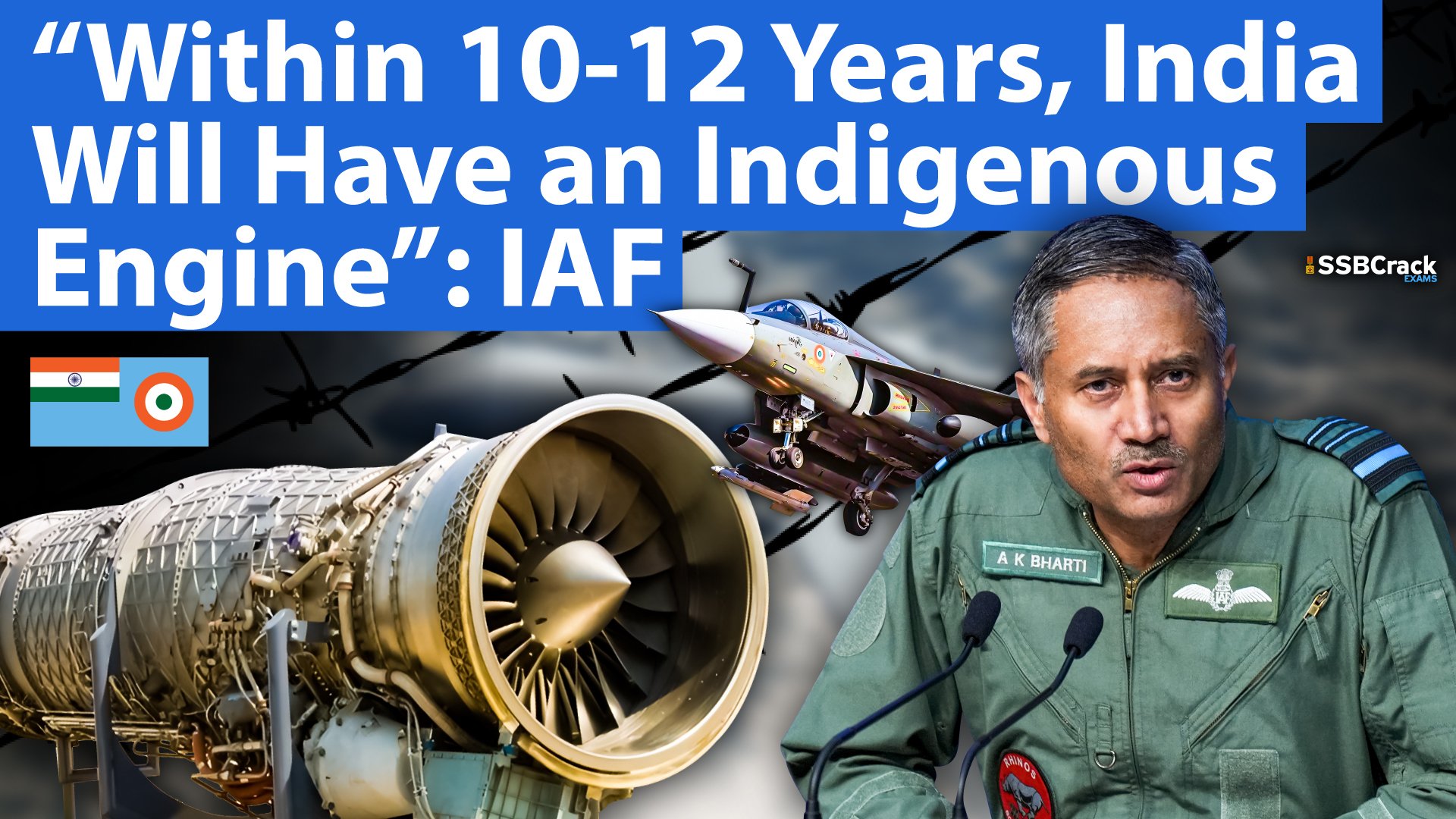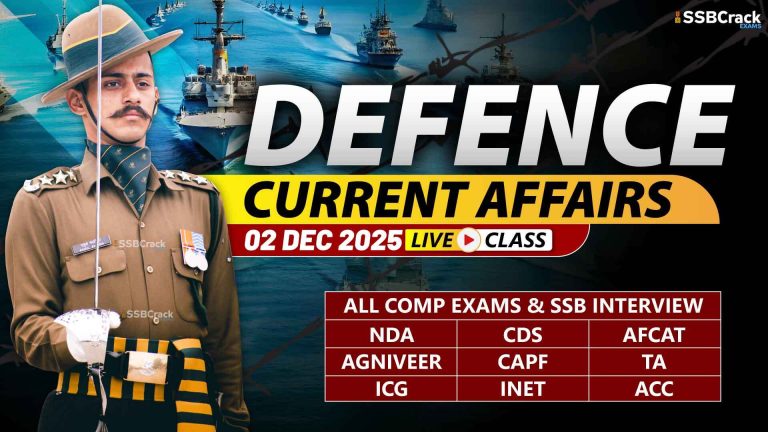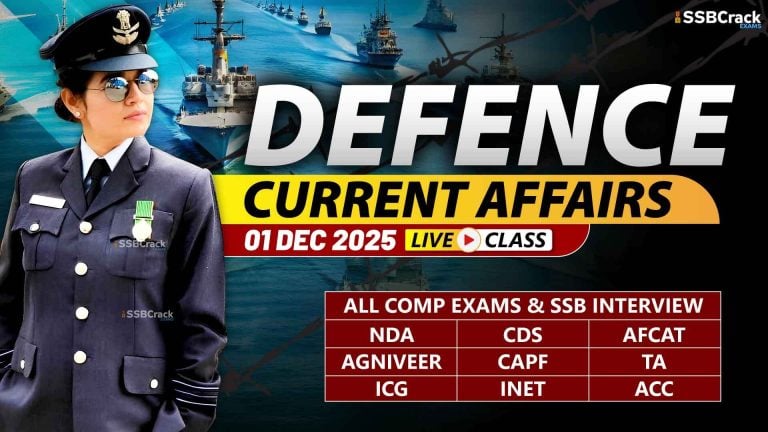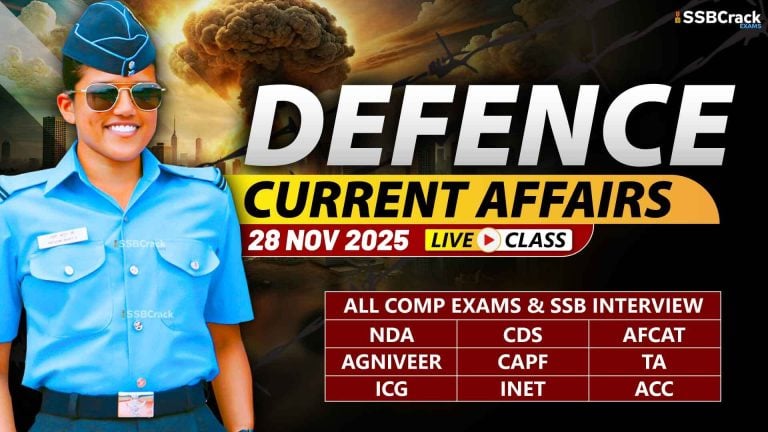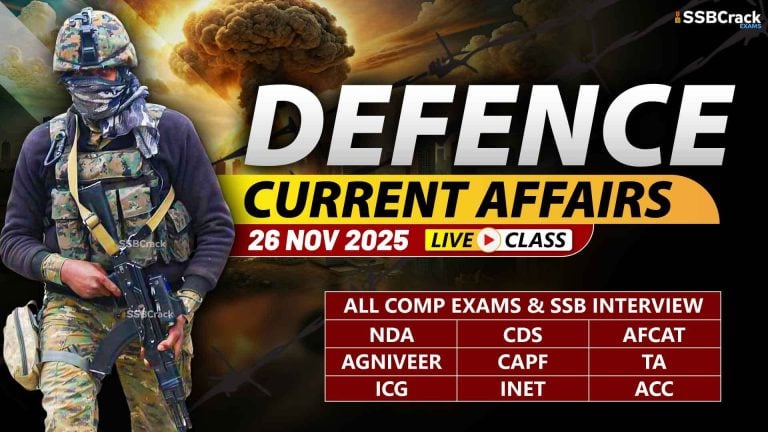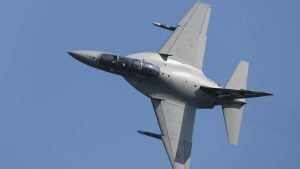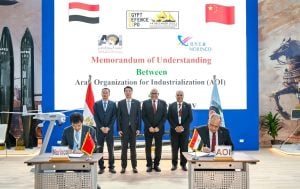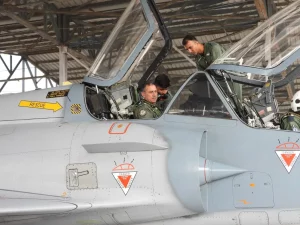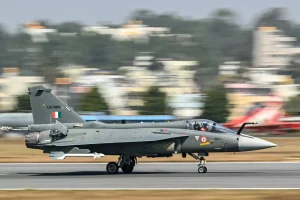Deputy Chief of the Air Staff, Air Marshal Awadhesh Kumar Bharti, has underlined India’s growing determination to achieve self-reliance in the defence sector, particularly in the aviation domain. Speaking at Aero Tech India 2025 in Delhi, the Air Marshal highlighted ongoing indigenous projects and called for greater synergy between the defence sector and industry stakeholders.
India Will Have an Indigenous Engine : IAF
Indigenous Engine Development
Air Marshal Bharti stressed that developing an indigenous aircraft engine remains a top priority for the Indian Air Force (IAF). India aims to build its own fighter aircraft engine within the next 10–12 years, a feat he described as ambitious but achievable with sustained efforts.
“We are exploring indigenous engine production, and potentially, within 10–12 years, we will have an indigenous engine. If the defence sector and industry put in the required effort, this goal will definitely be achieved,” he said.
Currently, Hindustan Aeronautics Limited (HAL) is working with General Electric (GE) to procure GE-404 engines for the Light Combat Aircraft (LCA) Mk-1. HAL has promised to ramp up its manufacturing, targeting the delivery of 12 engines by the end of FY 2025.
Indigenisation and Atmanirbharta
Reiterating the vision of Atmanirbharta (self-reliance), Air Marshal Bharti emphasised that indigenisation is essential for true independence in defence production. While acknowledging that 100% indigenisation cannot be achieved overnight, he stressed the importance of incremental milestones.
“In times of crisis, you can’t bank on anybody. Indigenisation must originate within the country. Even 99% indigenisation is not enough if critical components remain import-dependent,” he said, urging manufacturers to achieve 100% indigenous content within defined timelines.
He further criticised delays in project implementation, stating:
“We need to put our innovation on afterburner. This cruise setting will not do.”
LCA and AMCA Programmes
The Ministry of Defence (MoD) recently signed a landmark contract with HAL for the procurement of 97 LCA Mk1A aircraft—comprising 68 single-seaters and 29 twin-seaters—worth over ₹62,370 crore. Deliveries are scheduled to begin in 2027-28 and will continue over six years. These aircraft will feature over 64% indigenous content, with 67 additional indigenous components compared to the earlier LCA Mk1A contract signed in 2021.
The Deputy Chief also expressed confidence in the future of the Advanced Medium Combat Aircraft (AMCA) project, which is set to become a critical pillar of India’s future air defence capabilities. To strengthen this, Larsen & Toubro (L&T) and Bharat Electronics Limited (BEL) have formed a strategic partnership to support the AMCA programme.
“We have just signed the contract for 97 LCAs. We are looking at LCA Mark 2 in the coming years and investing in AMCA. These are the products to move forward with. However, in the immediate future, we need to fill existing capability gaps,” Bharti added.
Conclusion
Air Marshal Bharti’s remarks underscore the IAF’s unwavering focus on self-reliance, technological innovation, and strengthening indigenous capabilities. With the combined efforts of HAL, private industry, and strategic partnerships, India is steadily advancing toward the goal of an independent and resilient defence ecosystem.
